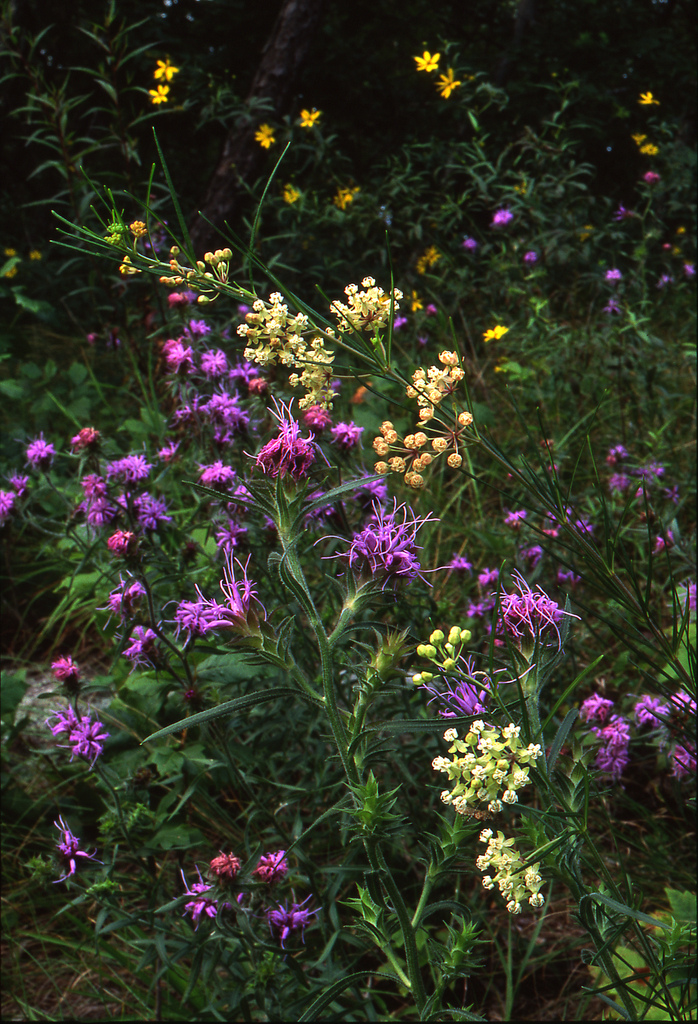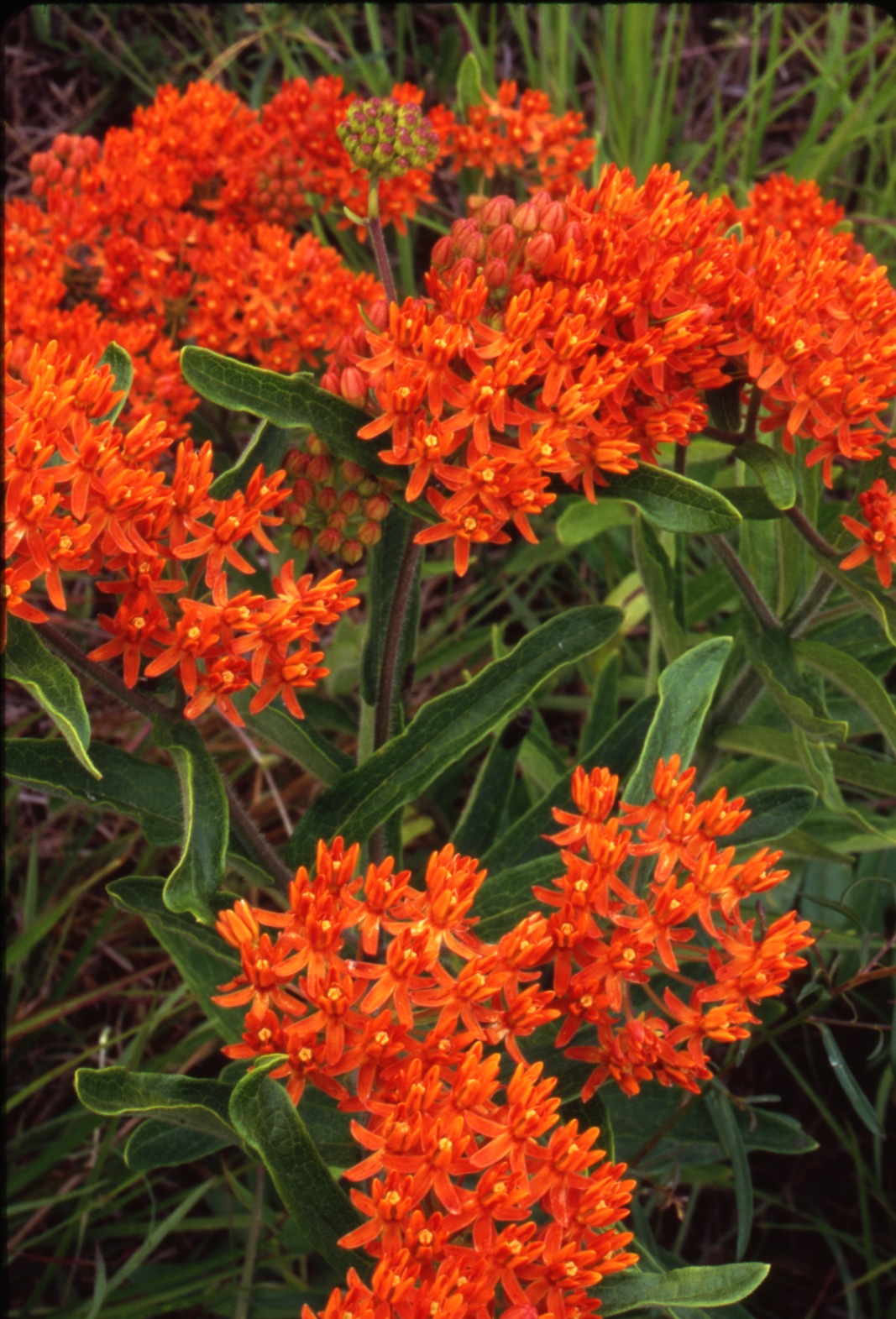Rain Gardens
In a natural landscape like a forest or grassland, rain-water soaks into the ground and only after the soil is saturated will it runoff as stormwater. In urban areas however, most of the land has been paved over, made impervious, or compacted so that water can no longer soak into the ground. When impervious surfaces dominate within an urban area, stormwater has nowhere to go. Stormwater runoff begins to cause big problems for individual properties, municipalities and the government. Municipalities encounter flooding in parks and roadways. An individual homeowner may experience flooding in basements. The quality of our waters is degraded by chemicals, sediments and other debris that is carried by the stormwater runoff into catch basins that drain and into local lakes, rivers, ditches and streams.
The nature of a rain garden is to treat stormwater before it is discharged into the environment. Stormwater is directed into rain gardens by pipes, swales or curb openings. The rain garden is a depression, basin or bowl in the ground that temporarily retains water. Trees and shrubs planted in rain gardens are hydrophytic, or water tolerant. Rain gardens can be installed in a variety of soils from clays to sands. They can vary in size and can be placed in the corner of a lawn, along the edges of roads, or placed within the median of parking lots.


